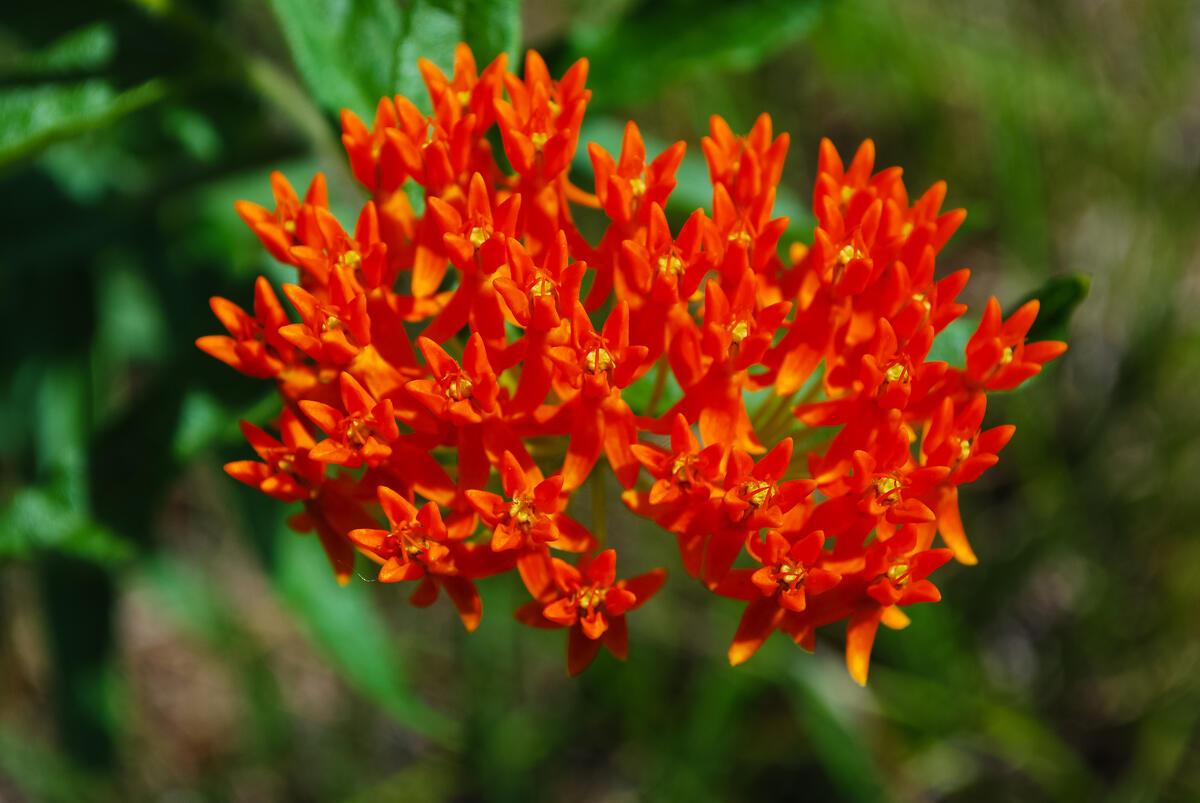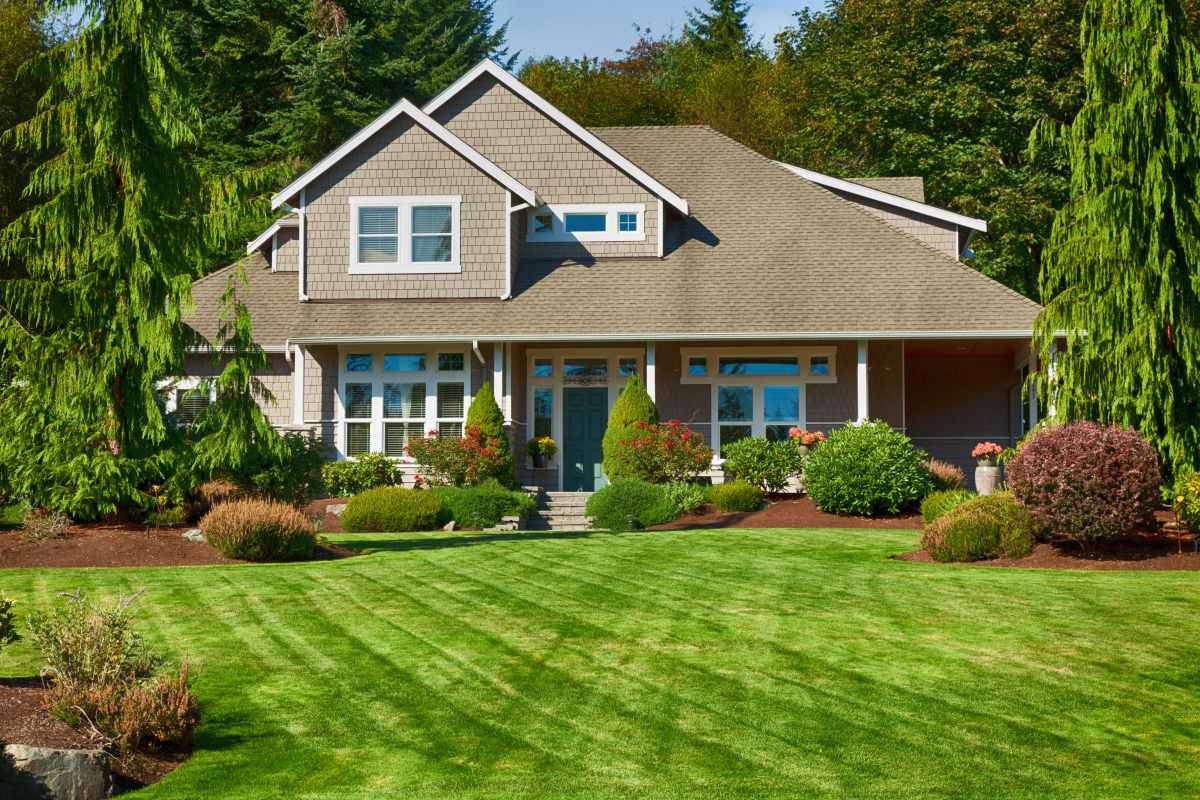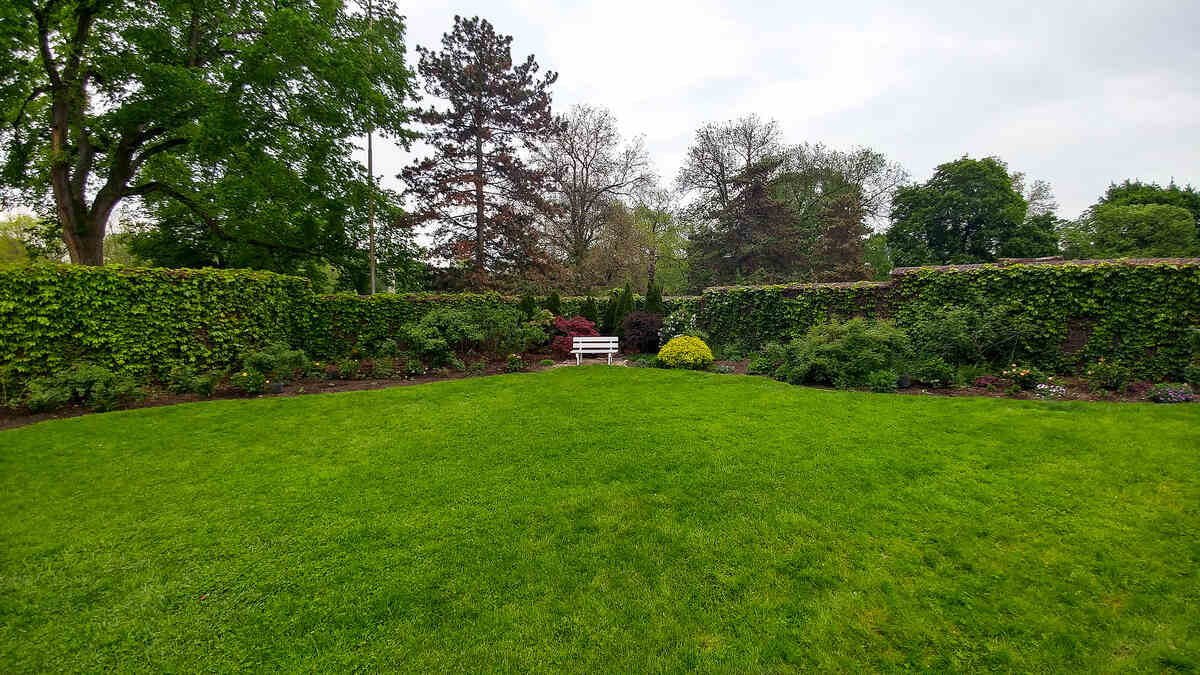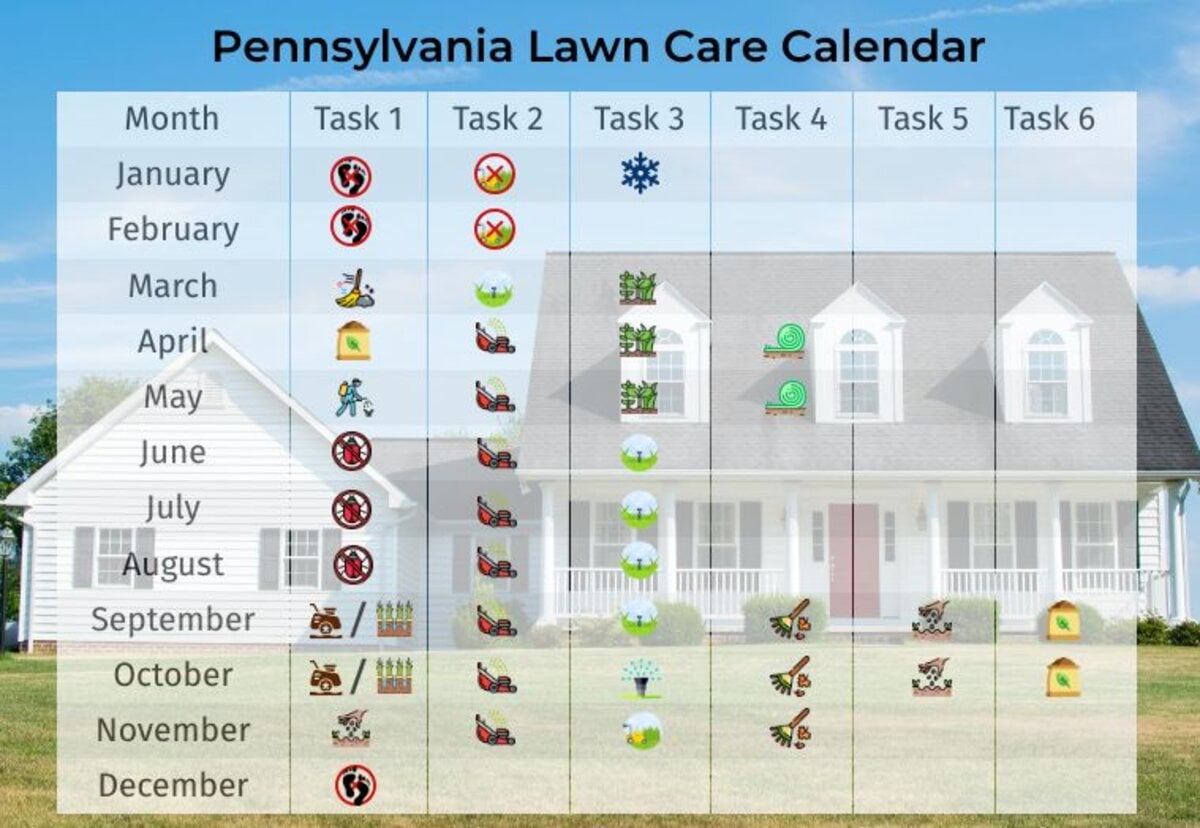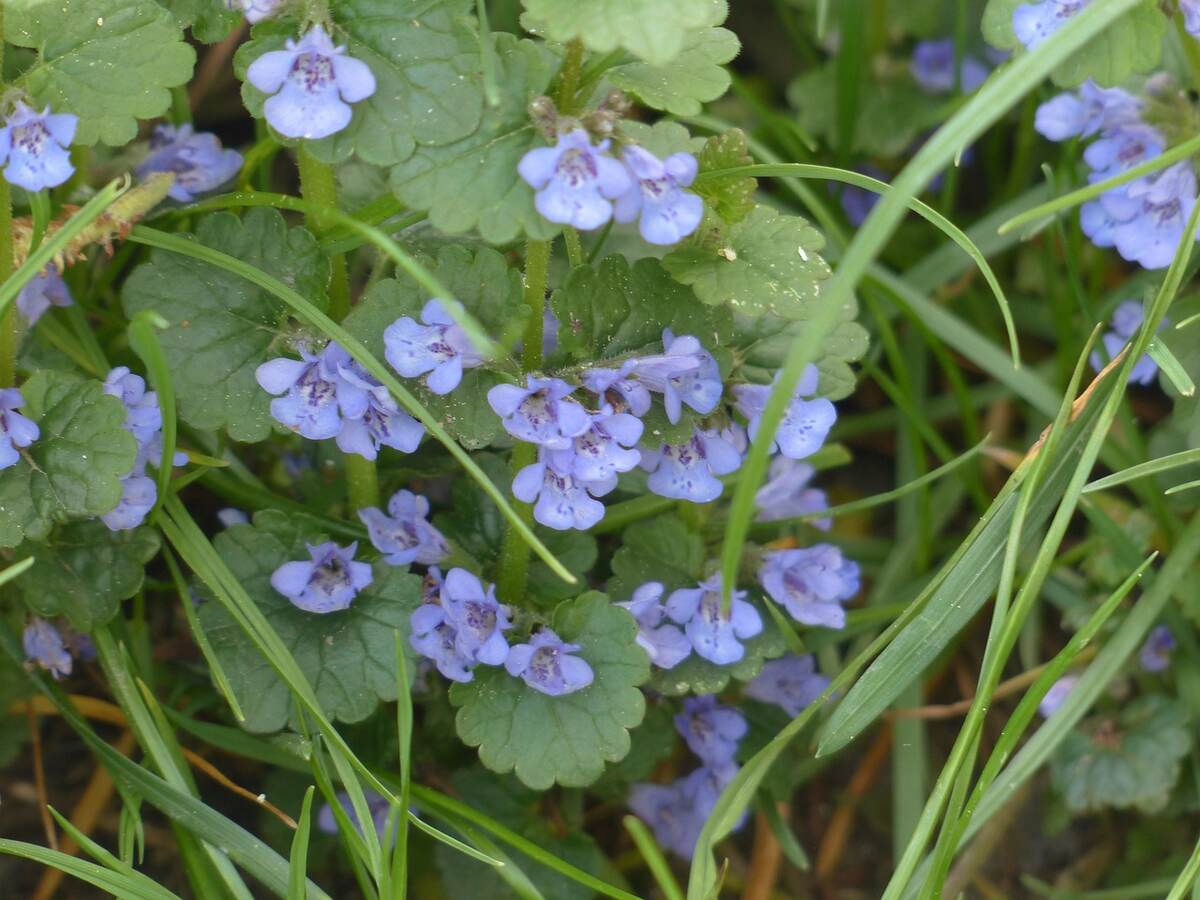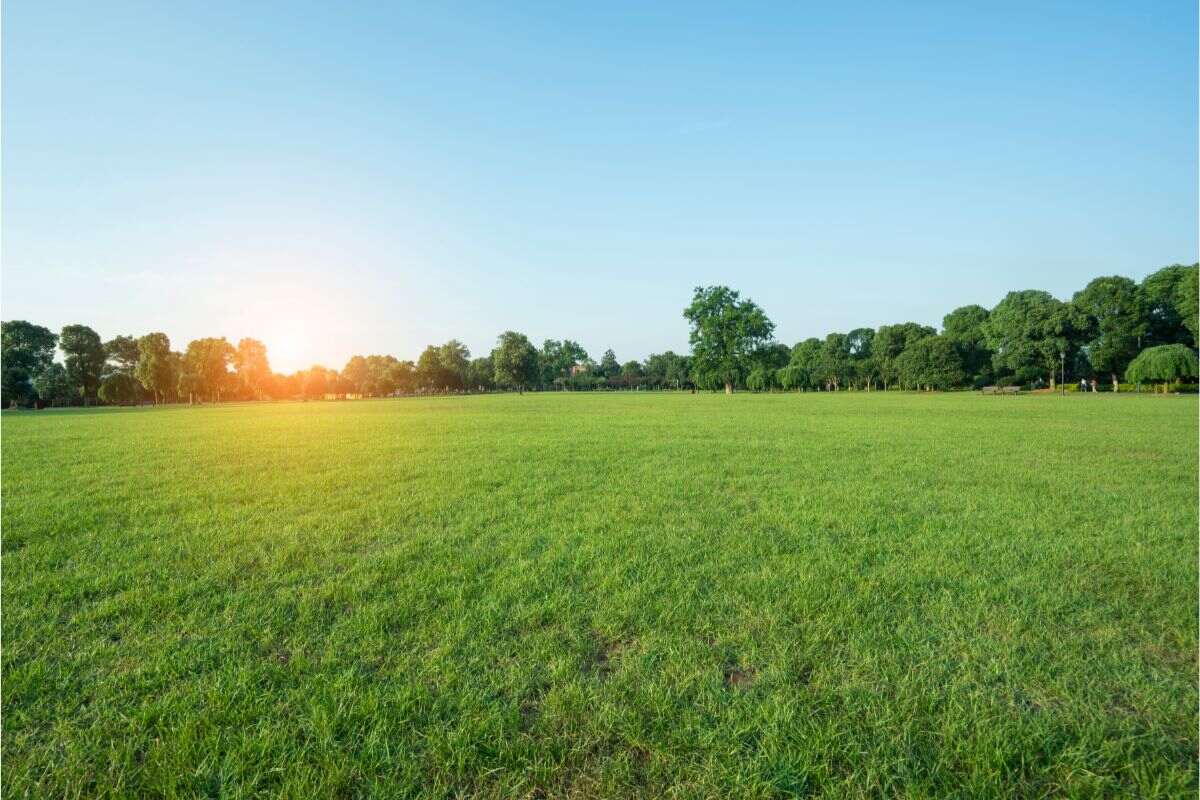
Are you looking to achieve a lush and healthy lawn? Selecting the right grass type for your local climate is the key to success. That’s why we’ve compiled a list of the five best grass types in Lancaster, PA, that will handle both hot summers and cold winters and look beautiful all year round.
So whether you’re a fan of the classic look of Kentucky bluegrass or the low-maintenance appeal of fescue, or you’re willing to take a chance on Zoysia, there’s a perfect grass out there for your home in the Red Rose City.
These are the five best grass types to grow in Lancaster, PA:
Kentucky Bluegrass
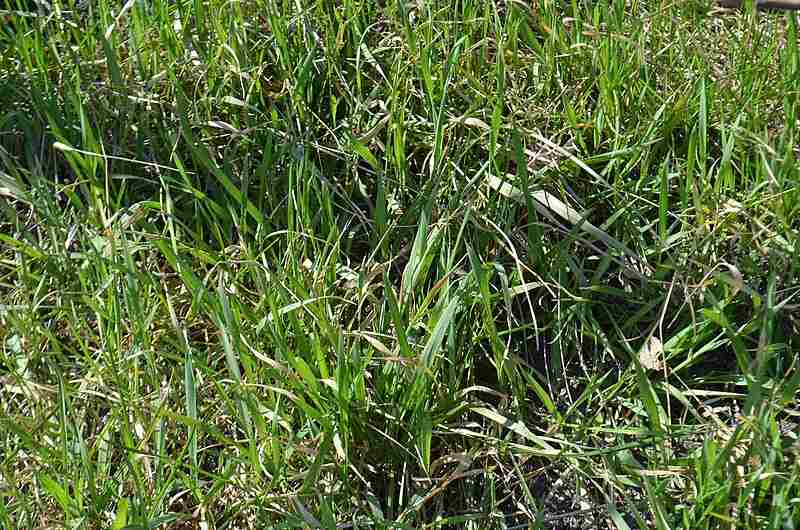
Photo Credit: Ethan2039 / Wikimedia Commons / CC BY-SA 4.0
Kentucky bluegrass is a classic choice for many Pennsylvania homeowners looking for a dense, lush lawn with a stunning emerald green color. But before you start spreading those bluegrass seeds around your yard, knowing what you’re getting into is essential.
One of the best aspects of Kentucky bluegrass is its ability to self-repair, recovering quickly after periods of drought stress. In addition, this type of grass is ideal for families who love to spend time outdoors, as it can handle heavy use. If you provide the right conditions, you’ll be rewarded with a lawn that’s beautiful and tough enough to withstand the occasional drought or heat wave.
On the other hand, Kentucky bluegrass requires significant maintenance, which can be a drawback for some homeowners. It can go dormant if it doesn’t receive enough water, so it will turn brown until it gets adequate moisture. Also, it doesn’t thrive in shady areas and poorly-drained soils.
- Classification: Cool-season grass
- Spreads by: Rhizomes
- Shade tolerance: Low
- Drought tolerance: Moderate
- Foot traffic tolerance: Moderate
- Maintenance needs: Moderate to high. Aerate yearly depending on your soil’s characteristics, overseed and fertilize in fall, and dethatch regularly (also in fall).
- Mowing height: Set mowing height between 2.5 and 3.5 inches.
- Potential for disease: Moderate to high; prone to several diseases, such as dollar spot, leaf spot, necrotic ring spot, summer patch, and stripe smut.
- Soil pH: 6-7.5
- Soil type: Performs best in well-drained, heavy soils with high fertility.
- Other notes: When faced with prolonged drought and heat, Kentucky bluegrass enters a state of dormancy; but as soon as it gets a good watering, it bounces back to life with renewed energy.
Grass Seed Options:
– Jonathan Green (11970) Blue Panther Kentucky Bluegrass Grass Seed (3 lbs.)
– SeedRanch Midnight Kentucky Bluegrass Seed (5 lbs.)
– Jacklin Seed – Biltmore Blue Blend – 100% Kentucky Bluegrass (5 lbs.)
Perennial Ryegrass
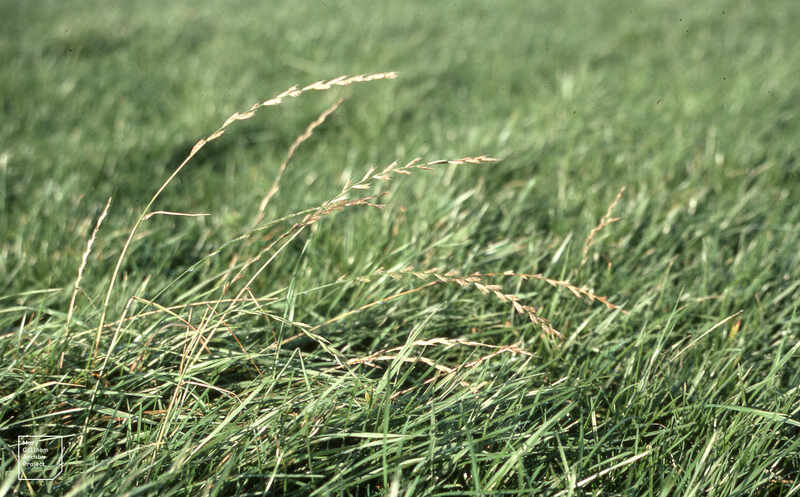
Photo Credit: Dr Mary Gillham Archive Project / Flickr / CC BY 2.0
Perennial ryegrass is another cool-season grass often used for winter overseeding in southern lawns. However, in northern properties such as Lancaster, it’s where it thrives. This type of grass is dark green and germinates quickly, giving your lawn a quick boost of color. It is a great grass to have on its own, but it also blends seamlessly with other cool-season grasses.
However, there are also some downsides to consider. One issue is that perennial ryegrass requires more nitrogen than other grass types, so you’ll need to fertilize it more often to keep it looking its best.
Additionally, perennial ryegrass is allelopathic, meaning it can suppress the growth of nearby plants through a chemical signal. While this inhibits weed growth, it can also be detrimental to flower beds and gardens, so you’ll need to take steps to keep it contained.
- Classification: Cool-season grass
- Spreads by: Has a bunch-type growth habit
- Shade tolerance: Low
- Drought tolerance: Low
- Foot traffic tolerance: High
- Maintenance needs: Moderate to high. Needs 2-3 pounds of nitrogen per 1,000 square feet annually.
- Mowing height: Set mowing height to 1.5 to 2.5 inches
- Potential for disease: High. Common diseases include gray leaf spot, red thread, and leaf spot/melting-out.
- Soil pH: Can grow in soils with a pH between 5 and 8 but prefers between 6 and 7.
- Soil type: Prefers good drainage and fertility but can tolerate some poor drainage.
- Other notes: While this grass germinates quickly, it’s important to note that perennial ryegrass doesn’t spread through rhizomes or stolons and will take a while to achieve a full, lush lawn if you’re using seed. So, if you’re looking for a quick fix and want to skip the waiting game, sod may be a better option.
Grass Seed Options:
– Outsidepride Perennial Ryegrass Seed (5 lbs.)
– Eretz ProTurf Perennial Ryegrass Fine Lawn Seed (choose your size)
Fine Fescues
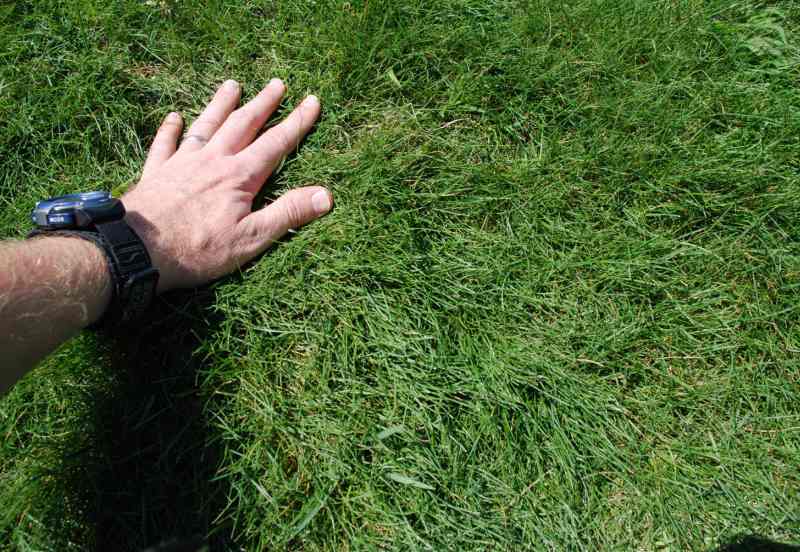
Fine fescues are a group of grass species composed of several narrow-leaved grasses, including hard fescue, chewings fescue, and sheep fescue. Besides being considered the most shade-tolerant of all turfgrasses, species like creeping red fescue are well-known for their quick germination and establishment.
In addition, fine fescues don’t need to be mowed or fertilized as often as other grass types. But, on the other hand, they are not suitable for areas with high foot traffic, and they don’t have good heat tolerance.
- Classification: Cool-season grass
- Spreads by: Creeping red fescue spreads by rhizomes, while other fine fescues are bunch-type grasses, such as chewing, hard, and sheep fescues.
- Shade tolerance: Moderate to High, depending on species
- Drought tolerance: Moderate to High, depending on species
- Foot traffic tolerance: Low to Moderate, depending on species
- Maintenance needs: Low to Moderate. Don’t have to be mowed and fertilized often.
- Mowing height: Set mowing height between 2.5 and 4.0 inches, depending on species.
- Potential for disease: Moderate. Common diseases include red thread, leaf spot, dollar spot, summer patch, and powdery mildew.
- Soil pH: 6-6.5
- Soil type: Will not perform well in wet soil conditions. Prefers drier soils and tolerates a wide range of soil types and fertility.
- Other notes: If you have the option, choose endophyte-enhanced varieties, which are less susceptible to insect damage.
Grass Seed Options:
– Outsidepride Legacy Fine Fescue Grass Seed (5 lbs.)
– Eretz Creeping Red Fine Fescue Seed (choose your size)
– Outsidepride Creeping Red Fine Fescue Grass Seed (25 lbs.)
– Outsidepride Hard Fine Fescue Grass Seed (10 lbs.)
Tall Fescue

If you’re looking for a grass species that can withstand harsh environmental conditions without compromising on the beauty of your lawn, then tall fescue is the perfect choice for you. Although not the case in Lancaster, tall fescue’s drought-resistant and heat-resistant properties make it a reliable option for areas with minimal rainfall and high temperatures.
Moreover, tall fescue can grow well in sunny and shaded areas, making it ideal for any lawn. While it does require more frequent mowing than other grass types, the extra effort is well worth the vibrant, lush green lawn that it provides.
- Classification: Cool-season grass
- Spreads by: Produces short rhizomes but has a bunch-type growth habit
- Shade tolerance: Moderate
- Drought tolerance: Moderate to High
- Foot traffic tolerance: Moderate
- Maintenance needs: Low to Moderate
- Mowing height: Set mowing height to 2 inches when grass reaches 3 inches tall.
- Potential for disease: Brown patch when heavily fertilized with nitrogen.
- Soil pH: 5.5-6.5
- Soil type: Adapted to a wide range of soil conditions, but prefers fertile clay soils with good drainage.
Other notes: Opt for a turf-type variety rather than an older variety like Kentucky-31. These newer varieties have a richer, darker color, better texture, and are less prone to insect damage.
Grass Seed Options:
– Triple-Play Tall Fescue Grass Seed Blend (5000 sq ft)
– Eretz Kentucky 31 K31 Tall Fescue Grass Seed (choose your size)
– Pennington The Rebels Tall Fescue Grass Seed Mix (7 lb.)
Zoysiagrass
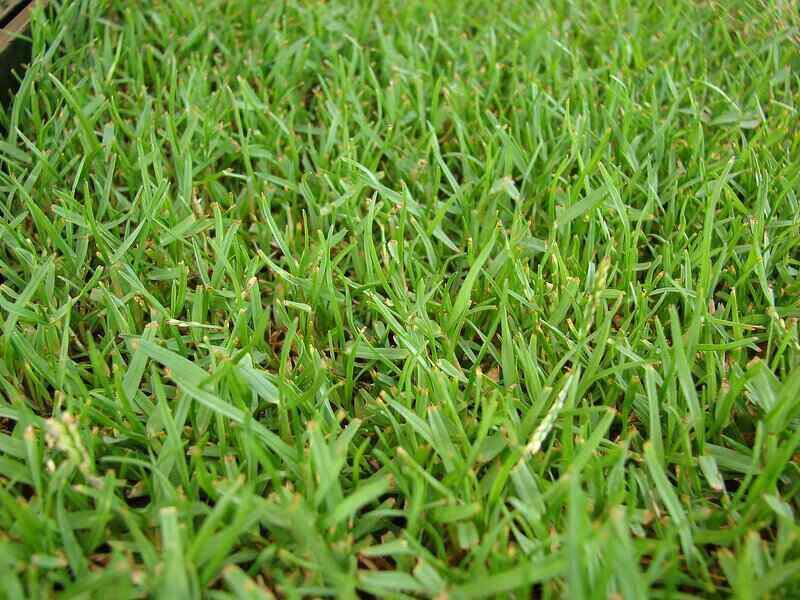
Photo Credit: Forest and Kim Starr / Wikimedia Commons / CC BY 3.0 US
Although Zoysia is a warm-season grass, it can thrive in the southern part of Pennsylvania, including Lancaster, especially in yards that get full sun. Zoysiagrass is the only warm-season variety that can tolerate cooler temperatures and is well known for being wear-resistant.
Additionally, Zoysiagrass can crowd out most weeds on its own, reducing the need for weeding. It also has a soft texture, making it a perfect grass type if you like walking barefoot.
On the other hand, Zoysia tends to turn brown during periods of drought, which can detract from its aesthetic appeal. Zoysia also takes longer to establish and spread compared to other grass species, but that means you’ll be spending less time mowing and more time enjoying your lawn.
- Classification: Warm-season grass
- Spreads by: Stolons and rhizomes
- Shade tolerance: Moderate
- Drought tolerance: Moderate
- Foot traffic tolerance: High, but recovers slowly from damage
- Maintenance needs: Low to moderate. Needs watering once a week and dethatching once the thatch layer reaches ½ to 1 inch.
- Mowing height: Set mowing height between 1 and 2 inches.
- Potential for disease: Not prone to diseases and insects; good disease tolerance overall.
- Soil pH: 6-6.5
- Soil type: Well-draining, some cultivars more tolerant of a wide range of soils than others
Other notes: Zoysia typically costs more than other options because seeding is not recommended. Instead, Zoysia is typically established with sod.
Grass Plug and Seed Options:
– Zoysia Plugs (50 Large Grass Plugs)
– Zoysia Plugs (50 Full & Lush Grass Plugs)
– Zoysia Plugs (100 Plugs)
– Zoysia Emerald Grass Seeds (1/8 lb. of seeds)
– Zenith Zenith Grass Seeds (1/8 lb. of seeds)
How to Choose the Best Grass Type in Lancaster
While each of these grass types can do well in Lancaster’s climate, the best choice for your lawn will depend on various factors, such as personal preference and the unique characteristics of your home.
Shade Tolerance
The amount of sunlight your yard receives is an essential factor to consider. Some grass types require a lot of direct sunlight to thrive, while others can tolerate partial shade.
- Moderate to high shade tolerance: Fine fescue (chewings fescue in particular), tall fescue, Zoysia (depending on the cultivar)
- Low shade tolerance: Kentucky bluegrass, perennial ryegrass
High-Maintenance vs. Low-Maintenance Grasses
It’s vital to consider how much time and effort you are willing to invest in your lawn. If you don’t have a lot of free time or simply don’t want to spend hours mowing, fertilizing, and watching out for pests, then low-maintenance grass types are the perfect solution.
- Moderate to high-maintenance grasses: Kentucky bluegrass, perennial ryegrass
- Low to moderate-maintenance grasses: Fine fescues, tall fescue, Zoysiagrass
Wear Tolerance
If you’re a pet owner or parent of active kids, you want your lawn to be a safe and enjoyable area but also able to withstand heavy use without becoming damaged or worn down. That’s why it’s essential to consider the traffic your lawn will receive when choosing the right grass type.
- Best grass types for high-traffic areas: Kentucky bluegrass, perennial ryegrass, Zoysiagrass
- Best grass types for low to moderate traffic: Fine fescues, tall fescue
When to Bring in the Professionals
Choosing the right Pennsylvania grass type for your lawn in Lancaster can be challenging. Still, with the right information, it’s easier than you might think. Whether you prefer the classic look of Kentucky bluegrass or the low-maintenance appeal of fescue, there’s a grass type perfect for your home in the Red Rose City.
To ensure your lawn looks its best all year round, consider contacting a professional lawn care service in Lancaster. They can help you select the best grass type for your lawn and provide the necessary maintenance to keep it healthy and vibrant.
LawnStarter participates in the Amazon Services LLC Associates Program, an affiliate advertising program. LawnStarter earns revenue from products promoted in this article.
Main Image Credit: Jeff_Hu / Canva Pro / License
